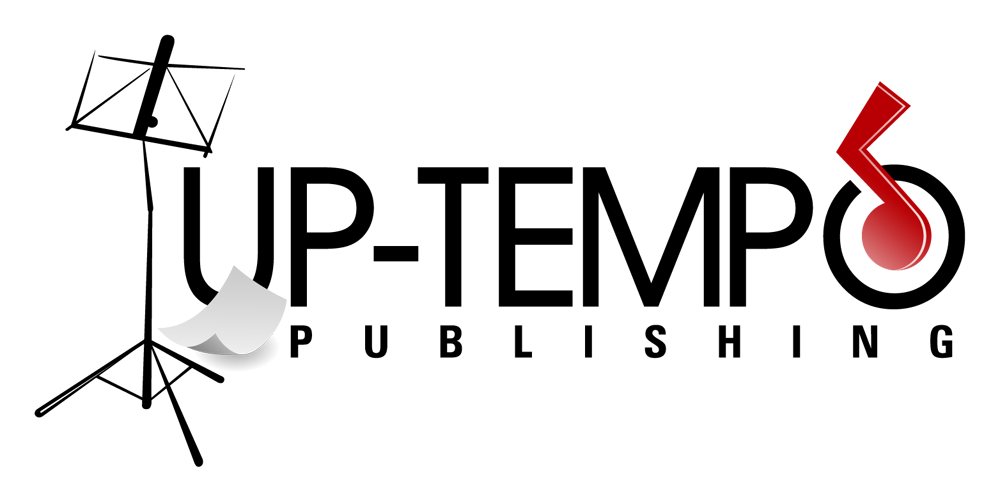Developing a Website
With my publishing company’s development well underway, the next step is designing the company website.
Starting with the Basics
First, your company needs a domain name. You can register your domain through a variety of registrars. The domain name is your website’s URL—such as ABCPublishing.com. These days, most domain registrars also provide hosting, which refers to the server where your website will reside.
I want to clarify that I have no ties to any of the companies I mention in this post, as I haven’t thoroughly researched or used many of them. I’m simply naming them as examples of the services available. That said, I will give a shoutout to Webnames, which is a company I personally use. I have no connection with them beyond my own experience, but I’ve enjoyed their services.
Here are some examples of domain name registrars, some of which also offer hosting packages:
- Webnames – Domain registrar and web hosting
- Bluehost – Domain registrar and web hosting
- GoDaddy – Domain registrar and web hosting
- Bravenet – Domain registrar and web hosting
With your company name registered and your domain name secured, if you haven’t already chosen a web host, the next step is selecting a hosting provider. Where your website is hosted matters because you’ll be bound by the privacy and regulatory laws of the country where your website’s server is located.
Now that the domain name and hosting are sorted out, it’s time to develop your website.
This post isn’t meant to be an exhaustive guide on website design—especially since I’m not a professional web designer—but rather an introduction to the process and available tools to help you build your place on the web.
Key Considerations for Website Design
There’s more to designing a website than most people realize. Here are just a few things to consider:
- Ensuring images display correctly across different screen sizes
- Making sure your website is mobile-friendly
- Setting up SEO (Search Engine Optimization) so your site ranks on Google
- Creating Google SEO site maps for better search visibility
- Ensuring forms and interactive features work correctly
- Optimizing website speed for fast loading times
- Potentially setting up a CDN (Content Delivery Network) to improve speed in different regions
- Adding cookie banners and legal pages if your site collects data, to comply with national and international regulations
- Setting up Google Analytics to track traffic and engagement
- Handling ads, videos, and interactive media
- Designing storefronts and e-commerce functionality
- Automating interactions with customers (such as email sign-ups)
- Ensuring your site runs smoothly across all browsers
- Strengthening website security to protect user data
These are just a few of the tasks you may have to become familiar with when designing your own website. Whether you hire a professional or design it yourself, these are essential elements to address.
Hiring a Web Designer vs. Building It Yourself
You have two primary options:
1. Hiring a Professional Web Designer
If you hire a professional, they will handle layout, navigation, speed optimization, and all technical aspects. This is the easiest option but also the most expensive.
2. Building Your Website Yourself
If you prefer a hands-on approach, you have two popular options:
Option A: Website Builders (Beginner-Friendly)
Some hosting companies include built-in website design tools. These platforms allow you to pick a template and customize your website using drag-and-drop editors. While I haven’t personally used these, some popular options include:
- Wix
- Hostinger
- Squarespace
- IONOS
- Site123
Many of these platforms also offer built-in e-commerce and membership solutions.
Option B: WordPress (More Flexible but Complex)
If you want more control and customization, you can install WordPress on your hosting server. This approach gives you more design flexibility, but it also comes with a steeper learning curve.
You can:
- Design your site from scratch using the WordPress block editor
- Purchase a pre-made theme
- Use a drag-and-drop theme builder like Divi or Elementor
This approach allows for greater customization, but it also means you’re responsible for solving technical issues, such as:
- Installing SSL certificates for security
- Fixing database errors
- Integrating Gmail or other email services
- Automating various website features
I’ve gone this route myself, and I can tell you—things will go wrong. One small mistake can break your site, and you may find yourself starting from scratch more than once.
Lessons from My Experience
If you decide to design your website yourself, expect challenges along the way. Some key takeaways from my experience:
- Things will break. Be prepared for trial and error.
- Back up your site regularly. Having a recent backup can save you from disaster.
- Take notes on your changes. This will help you troubleshoot issues.
- Test your site with real people. Just because it makes sense to you doesn’t mean it’s intuitive for visitors.
- Don’t overcomplicate things. The more you tweak and experiment, the higher the chance of breaking something.
I learned this the hard way. I once designed what I thought was an amazing navigation menu—only to find out that my friends couldn’t figure out how to leave the homepage! I had to redesign the entire thing.
Final Thoughts
Whichever route you choose—hiring a professional or designing it yourself—make sure your website represents your brand. This includes:
- Using your company’s colors and tagline
- Keeping your messaging clear and aligned with your brand identity
- Ensuring easy navigation for first-time visitors
This post wasn’t meant to be a step-by-step guide, but I hope it helps you get started on setting up your publishing company’s website.
Disclaimer
This post is not meant to serve as professional or legal guidance. Always do your own research and consult professionals when necessary.
Until next time, I’m just a music teacher having fun. Catch ya on the next one!






